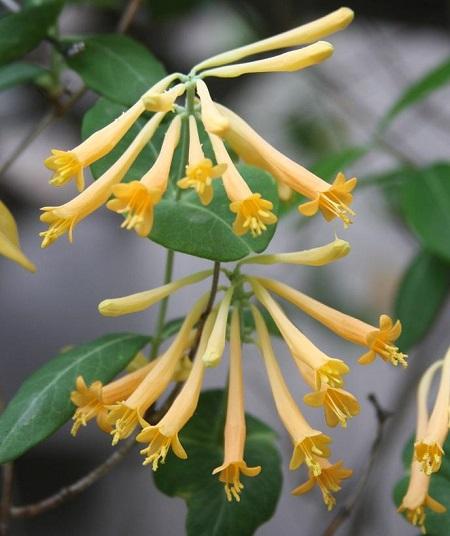One of several native species of honeysuckle in North America, trumpet honeysuckle is certainly the most attractive to hummingbirds, with slender, trumpet-shaped blooms. 'John Clayton' is a selection of Lonicera sempervirens forma suphurea found growing wild in a Virginia churchyard in 1991. This selection begins flowering in late spring and continues sporadically throughout the summer, concluding with long-lasting berries in terminal clusters. 'John Clayton' blooms yellow, as suggested by "forma suphurea," as in sulphur. Plant in full sun and support new stems by weaving them through a trellis or other structure for the best display.
Return to Plant Search Home

